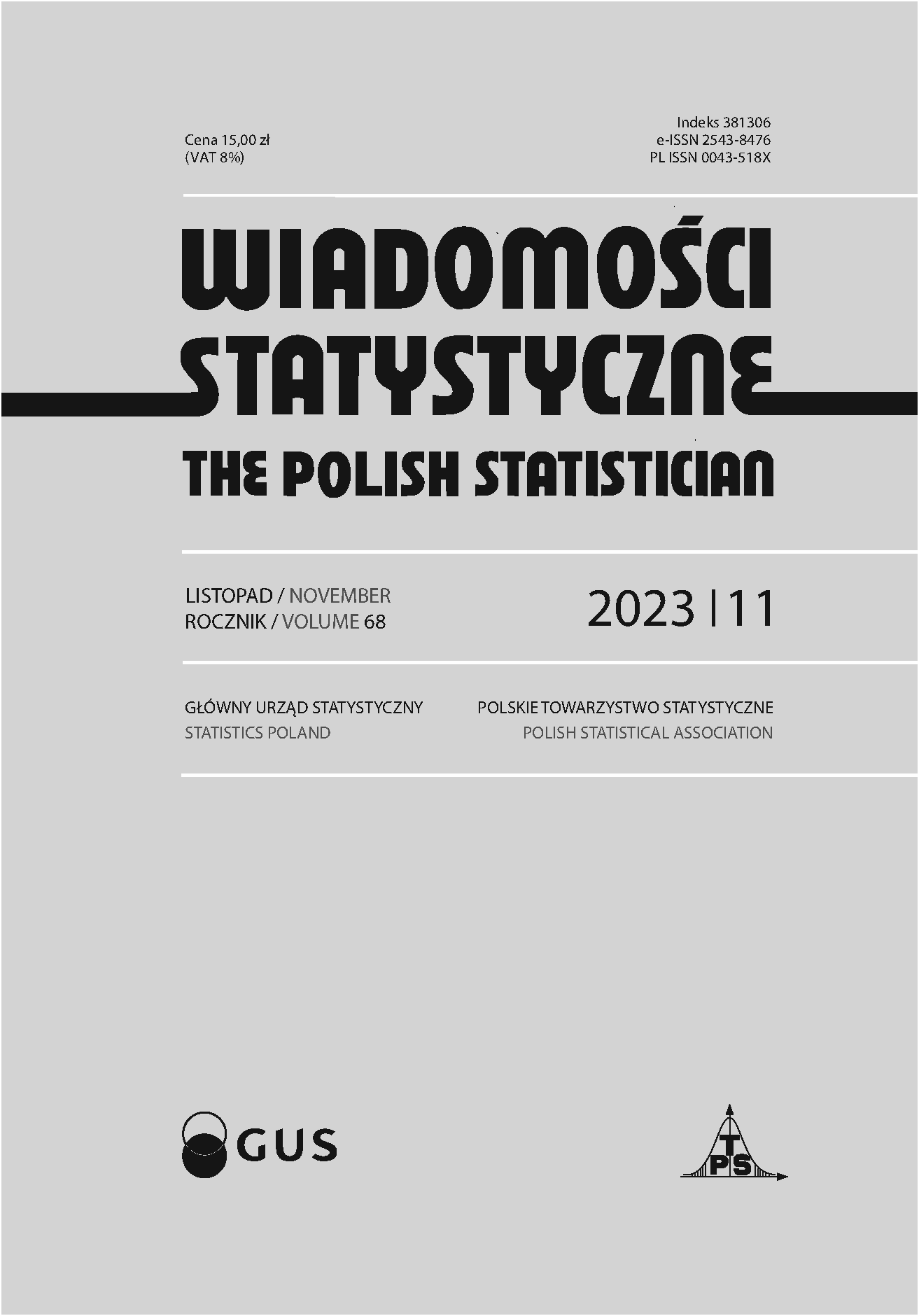Zielone miasta w Polsce – analiza porównawcza na podstawie agregatowego miernika rozwoju
Green cities in Poland – comparative analysis based on the composite measure of development
Author(s): Elżbieta Antczak, Agnieszka Rzeńca, Agnieszka SobolSubject(s): Socio-Economic Research
Published by: Główny Urząd Statystyczny
Keywords: sustainable development; green city; urban policy; natural environment; synthetic measure
Summary/Abstract: The idea of a green city is to incorporate environmental considerations into the foundations of the city’s development strategy, build environmental balance and climate resilience, and promote the green transformation of urban areas. Greening cities involves choosing the right priorities and taking action to ensure high quality of life and environmental protection, as well as reducing the risks and threats posed by climate change. The aim of this study is to assess the extent to which Polish cities with powiat rights have been greened. The analysis was performed for the years 2010, 2015, 2018 and 2020. The data for the research were obtained from several sources, including Statistics Poland, the Energy Regulatory Office, the Head Office of Geodesy and Cartography, and public information bulletins of individual cities. Taking into account the fact that the condition of the natural environment of Polish cities and related sectors of the urban economy is varied, we posed two research questions, namely an inquiry into the scale of differences between cities in terms of the degree of their greening, and the search for the environmental factors or processes connected to the environment that determine these differences. We constructed a synthetic measure of development using a dynamic approach to the linear ordering method. To this end, we calculated the averaged value of the variables and normalised them using the zeroed unitarisation method. In addition to ordering the cities, they were grouped by means of the quartile method according to the similarities in their values of the synthetic measure.The results indicated moderate progress in urban greening, i.e. at the pace of about 2.5% per year. There were large differences between cities in this respect, but at the same time we observed a steady narrowing of these gaps. This led us to a cautious conclusion that the degree to which Polish cities are greened is becoming more and more level. It is also worth mentioning that monitoring the progress of green cities is essential in formulating effective urban policies and development strategies that respond to climate change. Therefore, it is crucial to include these measures in public databases which enable the assessment of development process, including the areas and directions of development of green cities.
Journal: Wiadomości Statystyczne. The Polish Statistician
- Issue Year: 68/2023
- Issue No: 11
- Page Range: 23-47
- Page Count: 25
- Language: Polish

